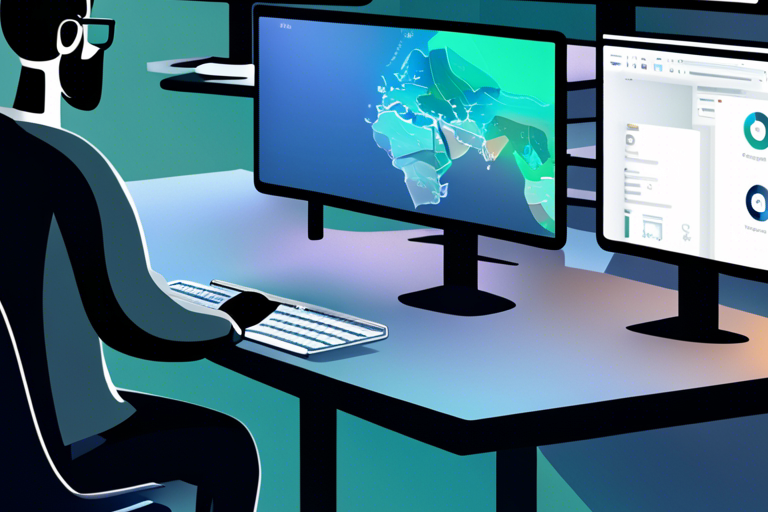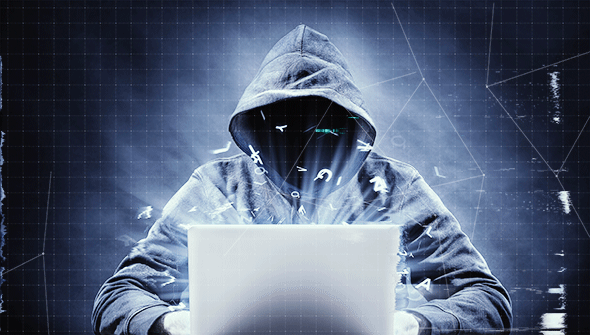In the current work environment, where remote work is becoming more common, it is essential for organizations to offer remote access to Linux devices. This enables employees who use Linux machines to securely connect from any location, ensuring their productivity is not affected. Furthermore, IT teams need remote Linux access to efficiently handle troubleshooting, maintenance, and support across decentralized teams and infrastructure.
Organizations can offer secure and reliable remote Linux desktops to their distributed workforces by implementing the appropriate protocols and tools. Nonetheless, setting up efficient remote access for Linux can be challenging due to the variety of distributions and use cases involved.
The Benefits of Remote Linux Desktop Capabilities
Linux is a widely used and customizable operating system that is open source. It can be found on personal devices, servers, and even cloud infrastructure. Some of the most popular Linux distributions are Ubuntu, Fedora, Mint, Debian, openSUSE, Arch, and CentOS. This ecosystem offers great security measures, high performance capabilities, flexibility in customization options, and potential cost savings.
However, the flexibility that makes Linux advantageous also contributes to the complexity of setting up remote desktop access. There is not a universal solution that works for everyone. Enabling remote connectivity in Linux involves considering several factors:
- The target Linux distribution and version
- Device types from desktops to mobile
- The operating system of the accessing client
- Network configurations and bandwidth
- Chosen remote access protocols and software
- Use cases like troubleshooting versus everyday access
Despite the difficulties involved, there are significant benefits to be gained from establishing the capability for Linux remote desktops.
- Employees can access all files, settings, and apps on their Linux machines from anywhere with an internet connection. This enhances productivity for remote and mobile workers.
- Organizations can save costs by not needing to purchase additional devices for Linux access in multiple locations or while traveling.
- IT teams can enhance their efficiency by remotely troubleshooting and administering Linux devices. This allows for quick diagnosis and resolution of issues.
- You can access Linux devices remotely from various client types according to your preference, including Linux desktops, Windows PCs, Macs, tablets, and smartphones. This flexibility allows for easy usage and accessibility.
- By providing employees and IT staff with anytime, anywhere access to Linux machines, companies can effectively reduce overall equipment expenses and travel costs.
- Remote collaboration on Linux machines becomes seamless for distributed or hybrid teams.
Key Protocols and Tools for Linux Remote Connectivity
When it comes to accessing Linux remotely, there are several primary protocols that dominate the field. Each has its own set of pros and cons that should be carefully considered based on specific use cases.
- Remote Desktop Protocol (RDP) provides users with full remote graphical user interface (GUI) access, resembling the Windows operating system. It allows for file transfers and clipboard functionality. Setting up RDP is relatively simple, although there may be performance issues to consider.
- VNC (Virtual Network Computing) is a popular open source protocol used for remote GUI access. It is lightweight and works across different platforms. However, it doesn’t come with built-in encryption, although it supports extensions for added security.
- SSH (Secure Shell) is an encrypted network protocol that enables remote command line access and tunneling. It provides a high level of security, but it is primarily a command line interface (CLI) rather than a graphical user interface (GUI). Additionally, SSH supports file transfer functionalities
- X11 is a remote desktop protocol specifically designed for Linux. It offers complete graphical user interface (GUI) access and delivers satisfactory performance. However, it can be challenging to set up and lacks robust security measures.\
- Different distributions of Linux have their own remote desktop clients that offer tailored features for remote access. Using all-in-one platforms can enhance security and facilitate collaboration among users.
- One of the advantages of web-based access is that users only need a browser, eliminating the need for client software installations. This makes it more accessible and user-friendly.
- Tools focused on IT enable the recording of sessions, monitoring of access, and generation of reports to improve support efficiency.
- Certain platforms provide the ability to remotely access offline Linux machines without requiring constant supervision, thanks to cloud proxies.
Key Steps for Configuring Linux Remote Desktops
While the specific configurations may vary, the overall process of enabling Linux remote desktops typically involves:
- Choosing a protocol like RDP or SSH that matches organizational needs.
- Selecting supporting remote access client software or tools.
- Installing and integrating these technologies on target Linux machines and accessing devices.
- Opening necessary ports through firewalls on both sides.
- Testing connections thoroughly and troubleshooting any issues.
- Setting up user accounts and access controls tailored to each use case.
- Configuring any other needed parameters based on the distribution like screen resolution.
- Documenting the setup procedures and creating guides for users and IT.
- Providing ongoing training and support resources to aid adoption.
- Monitoring performance and usage, optimizing bandwidth as needed.
Additional steps may be necessary for each specific Linux distribution. It is recommended to consult the resources provided by the distribution in order to obtain further guidance and fill any knowledge gaps.
Key Practices for Smooth Linux Remote Desktop Performance
After configuring remote Linux desktops, it’s important to validate that they are functioning properly. This ensures that both employees and IT teams have a reliable working experience. Here are some best practices to follow:
- Testing connectivity from different locations and devices to mimic real-world access.
- Verifying Linux applications open correctly and full remote control is possible.
- Checking for lag, freezing, disconnections or other performance issues.
- Inspecting event logs for helpful error messages and indicators of problems.
- Monitoring CPU, memory and network usage for bottlenecks during sessions.
- Ensuring sufficient internet bandwidth to avoid slowness from congestion.
- Troubleshooting problems and fine-tuning configurations until smooth access is achieved.
- Implementing ongoing monitoring and preventative maintenance practices to sustain performance.
- Regularly updating remote access software, Linux distributions, and security protections.
Achieving Successful Linux Remote Access
The use and popularity of Linux as an operating system is expected to continue expanding across various platforms. In order to ensure smooth and secure remote desktop connectivity for distributed Linux deployments, it has become essential for businesses to adopt reliable practices. By following established protocols, utilizing dedicated tools, and prioritizing performance optimization, organizations can effectively navigate the complexities associated with Linux remote access.
By implementing effective solutions, your team can maintain productivity and IT can provide support regardless of location. You can continue to use Linux as a highly flexible and cost-effective operating system without compromising on remote access, collaboration, and productivity.
Facilitating Access Across Linux Distributions
ConnectWise ScreenConnect provides a wide range of access agents specifically designed for different Linux distributions, such as Red Hat, Ubuntu, Debian, CentOS, and SUSE Linux. This makes deployment easier by offering pre-configured agents for each target environment instead of complicated custom builds. The agents also automatically update to support new Linux kernel and distribution releases.
Enhancing Security
When using remote Linux sessions, it’s important to prioritize security. That’s why all sessions are established through securely encrypted SSH connections. Administrators also have the ability to set granular access controls, allowing them to tightly limit permissions and access. To add an extra layer of security, multi-factor authentication is available as an option. Additionally, all remote access activities are logged to ensure auditing and compliance reporting can be done effectively.
Boosting IT Efficiency
With ScreenConnect’s centralized management dashboard, IT teams can easily support a large number of endpoints. The platform enables technicians to remotely monitor, manage, and troubleshoot Linux devices in real time from any location. Furthermore, the advanced scripting feature automates repetitive administrative tasks for increased productivity.
Optimizing the User Experience
Linux users enjoy the advantages of high-performance remote access and smooth integration across various devices and platforms. Thanks to optimized protocols, even with low-bandwidth connections, Linux desktops ensure a responsive user experience. Additionally, features like multi-monitor support contribute to improved usability when accessing remotely.
Providing Full Visibility
ScreenConnect provides comprehensive visibility into remote usage for IT professionals. It offers dashboards that display session details, user activity audit trails, system health metrics, and other key information. With robust reporting capabilities, it enables IT teams to track uptime, analyze usage patterns, and identify areas for improvement in their support services.
ConnectWise ScreenConnect is a remote desktop solution that combines strong security, user-friendly access, and robust management and monitoring features. It follows core best practices for deploying Linux remote desktops effectively. With its specialized capabilities for streamlining, securing, and scaling Linux remote access, it demonstrates the efficiency of purpose-built tools for organizations.




Leave a Reply